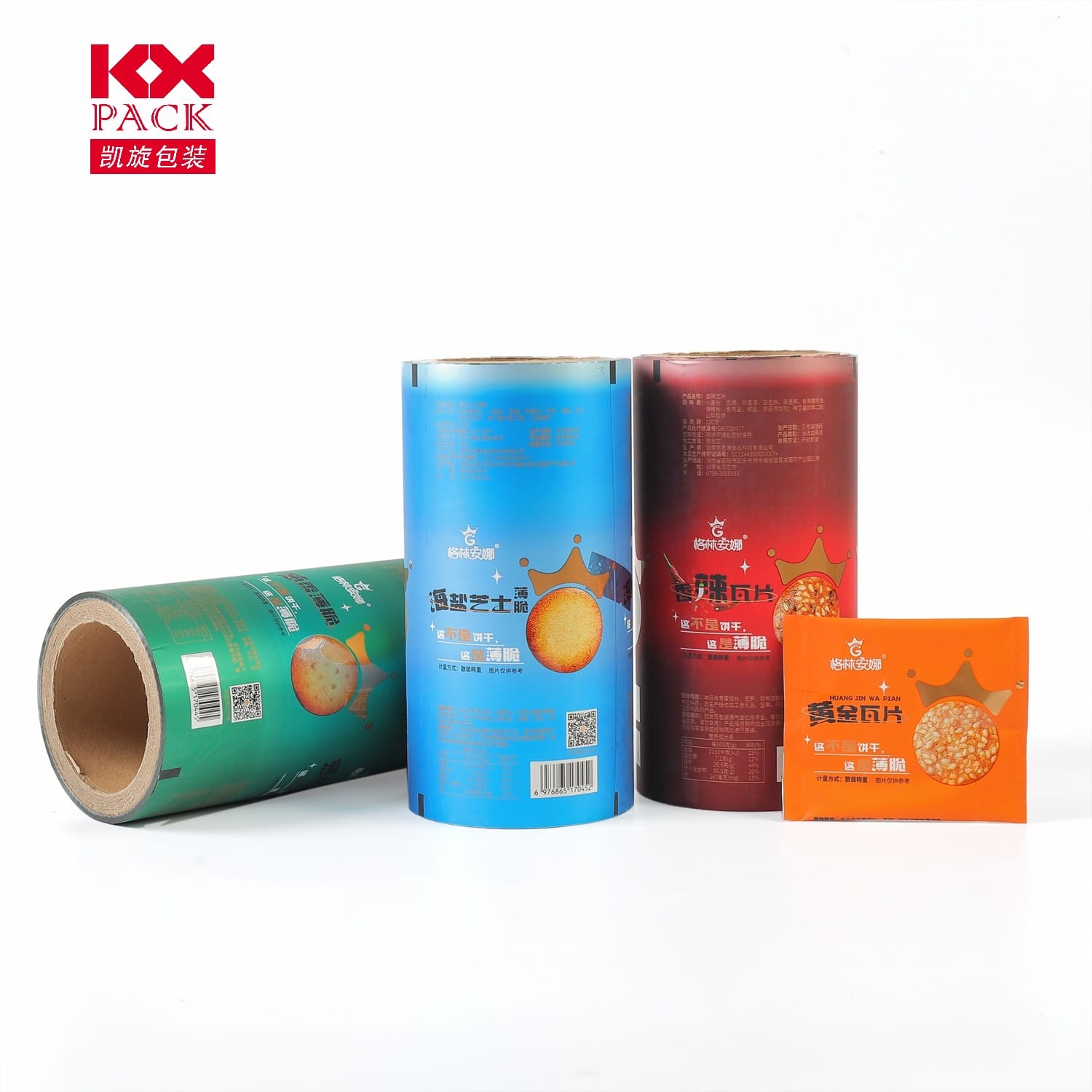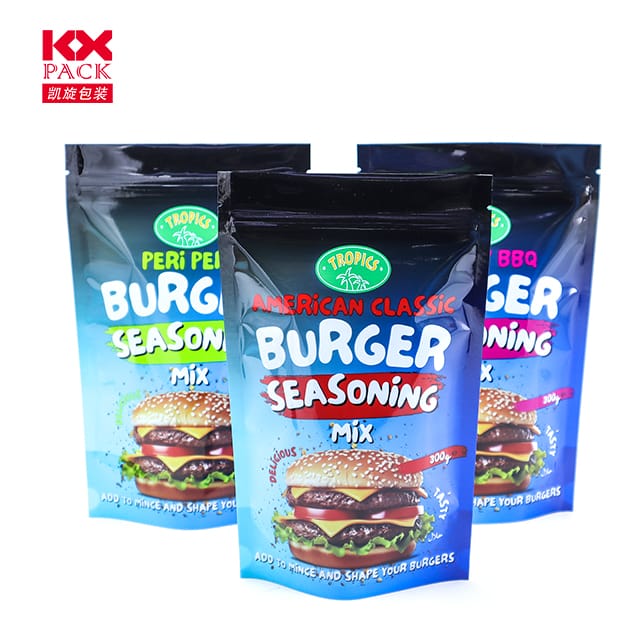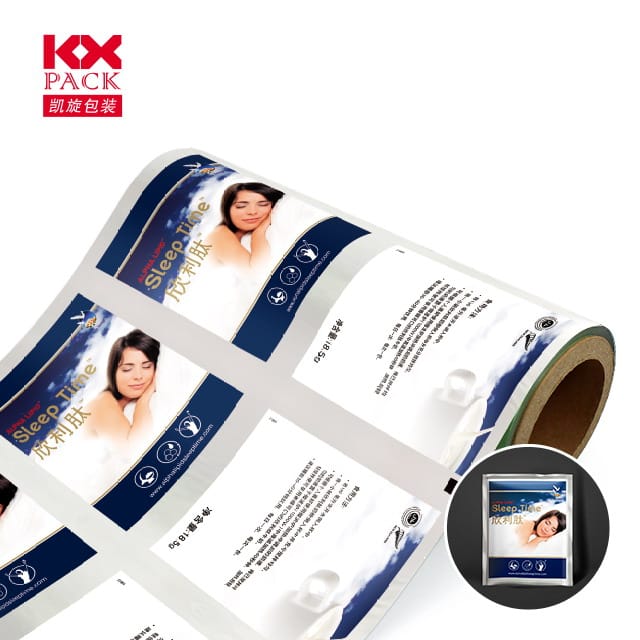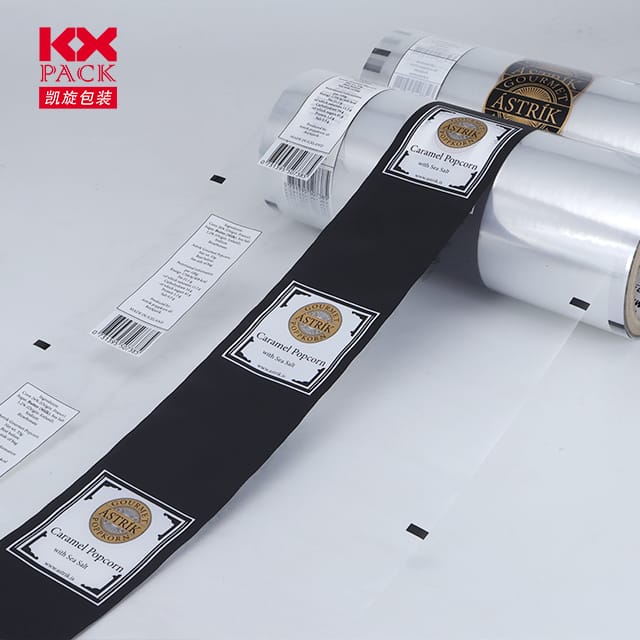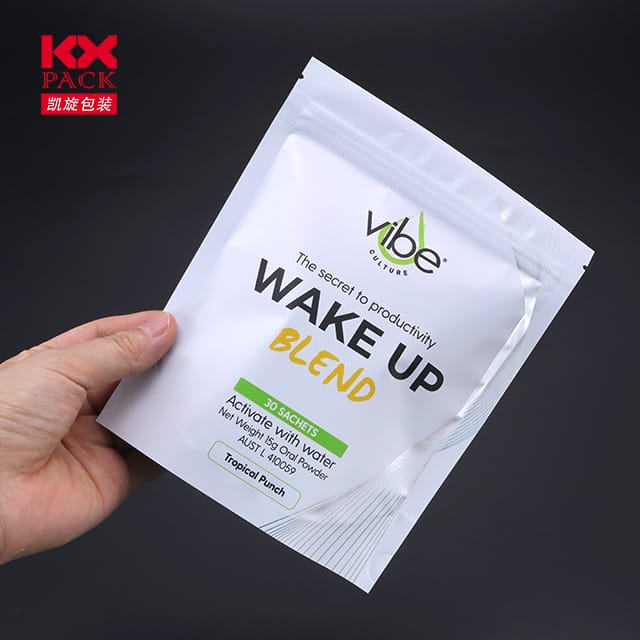Éabhlóid scannán pacáistithe bainne: Nuálaíocht a chothromú, Inbhuanaitheacht, agus feidhmiúlacht
Scannán pacáistithe bainne
Milk packaging might seem like a simple everyday necessity, Ach d'úsáid an scannán le cumhdach, déan, agus caomhnú is iontas é ar innealtóireacht nua -aimseartha. Ó pháipéar céirithe traidisiúnta go plaistigh ilchisealaithe ardleibhéil, Tá scannán pacáistithe bainne tagtha chun cinn chun freastal ar éilimh déine ar shábháilteacht, ré, agus tionchar comhshaoil. Let’s explore how this humble material has transformed—and what the future holds for keeping our milk fresh and our planet healthier.
The History of Milk Packaging: From Glass to Flexible Films
For centuries, milk was delivered in glass bottles, a method that dominated until the mid-20th century. While glass is recyclable and non-reactive, it’s heavy, fragile, and energy-intensive to produce. The rise of plastic packaging in the 1960s revolutionized the dairy industry, ag tairiscint éadrom, cost-éifeachtach, and shatterproof alternatives.
Early Scannán pacáistithe bainne were typically made from low-density polyethylene (LDPE), a flexible material that protected milk from light and oxygen. ach, these single-layer films had limitations—they lacked barrier properties and often required additional materials (like cardboard cartons) to extend shelf life.
Modern Milk Packaging Film: A Symphony of Layers and Science
Today’s Scannán pacáistithe bainne are engineered for peak performance. Most use multi-layer co-extrusion nó lannú to combine different materials, gach ceann ag freastal ar shainchuspóir:
- Sraitheanna bacainn:
- Alcól vinile eitiléine (Evoh) nó aluminum foil ocsaigin bloc, taise, and light—key culprits in milk spoilage.
- These layers prevent off-flavors, nutrient loss, and bacterial growth, keeping milk fresh for weeks.
- Sraitheanna Séalaithe:
- Poileitiléin (Corpoideachas) nó polapróipiléine (PP) provide heat-sealable properties, ensuring leak-proof packaging.
- Structural Layers:
- Oriented Polypropylene (OPP) nó terephthalate poileitiléin atá dírithe go mór (BOPET) add strength and puncture resistance.
- Sraitheanna inphriontáilte:
- Some films include coatings for high-quality branding and labeling.
This layered approach creates a lightweight, marthanach, and highly functional package that extends shelf life while reducing food waste.
Sustainability Challenges: The Push for Eco-Friendly Alternatives
While modern Scannán pacáistithe bainne excel in functionality, their environmental footprint is a growing concern. Traditional plastic films are often non-recyclable due to their multi-material composition, ending up in landfills or oceans.
To tackle this, the industry is exploring innovative solutions:
- Bio-Based and Compostable Films:
- Scannáin déanta as aigéad polalactach (PLA), derived from renewable resources like corn starch, are biodegradable in industrial composting facilities.
- ach, Tá dúshláin fós ann, such as compatibility with recycling streams and limited composting infrastructure.
- Recyclable Monomaterial Films:
- Brands are shifting toward single-polymer films (E.g., all-PE or all-PP) atá níos éasca a athchúrsáil.
- Advances in adhesive technology allow these films to maintain barrier properties without sacrificing recyclability.
- Reduced Material Use:
- Níos tanaí, lighter films (down to 20–30 microns) use less plastic while retaining strength.
- Reusable Packaging Systems:
- Some dairies are testing returnable, refillable containers to minimize single-use waste.
The Role of Technology: Smart Films and Beyond
The future of milk packaging isn’t just about sustainability—it’s about smart functionality. Emerging technologies include:
- Pacáistiú gníomhach: Films embedded with antioxidants or antimicrobial agents to further extend shelf life.
- Intelligent Labels: Time-temperature indicators that alert consumers to spoilage.
- Nanaitheicneolaíocht: Ultra-thin barrier coatings that reduce material use without compromising protection.
Consumer Expectations: Convenience Meets Conscience
Today’s shoppers demand packaging that’s convenient, safe, and eco-friendly. Milk brands must navigate these expectations by:
- Investing in recyclable or compostable options.
- Educating consumers on proper disposal (E.g., “widely recyclable” labels).
- Collaborating with governments and recyclers to improve infrastructure.
Smaointe Deiridh: A Glass Half Full of Innovation
Milk packaging film has come a long way from glass bottles and single-use plastics. The next frontier balances functionality with sustainability, ensuring that our milk stays fresh while minimizing waste. As technology advances and consumer awareness grows, the dairy industry is poised to lead the charge in creating packaging that’s good for both people and the planet.
What’s your take on milk packaging? Do you prefer traditional cartons, recyclable pouches, or reusable containers? Déanaimis plé sna tuairimí! 🥛🌱

